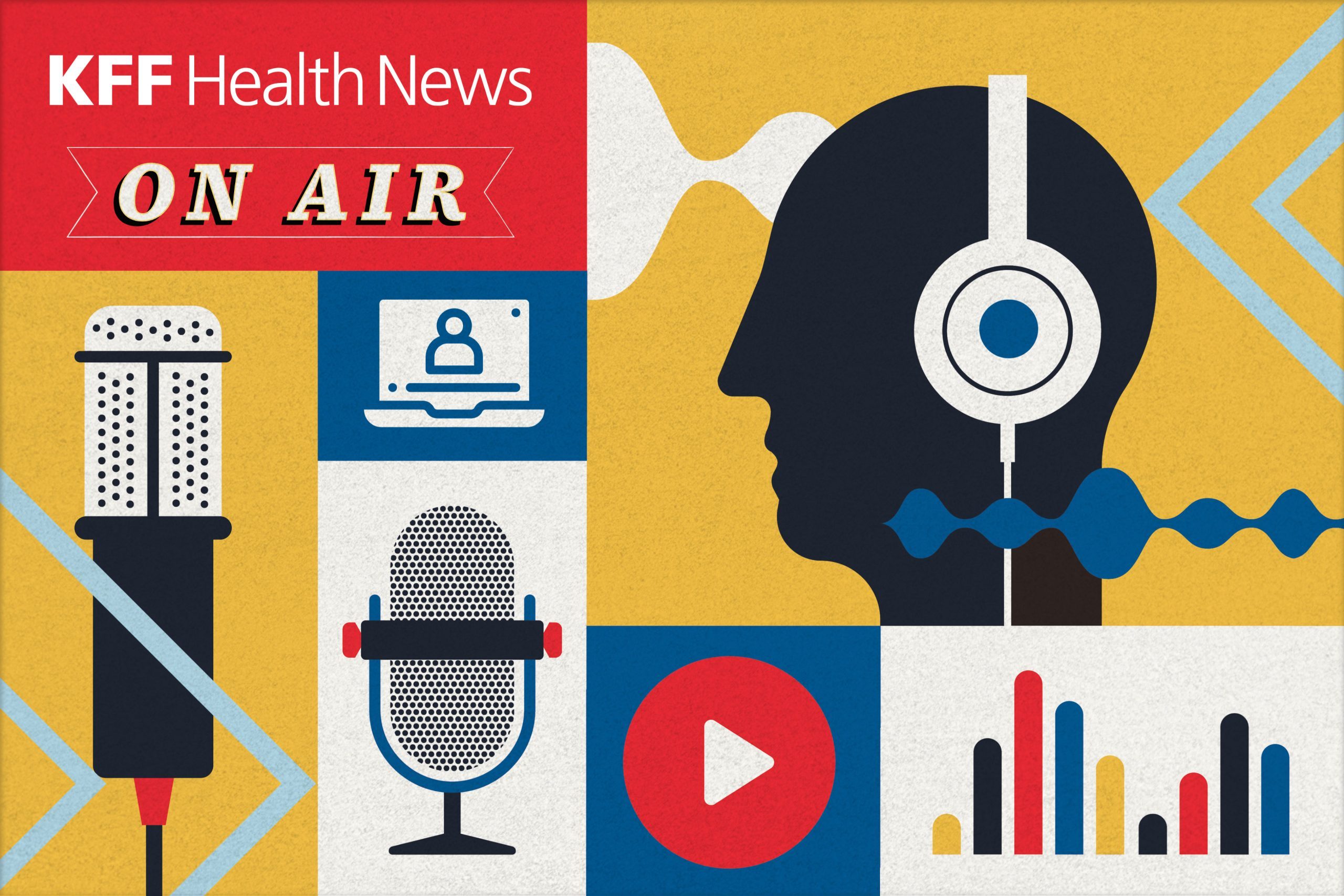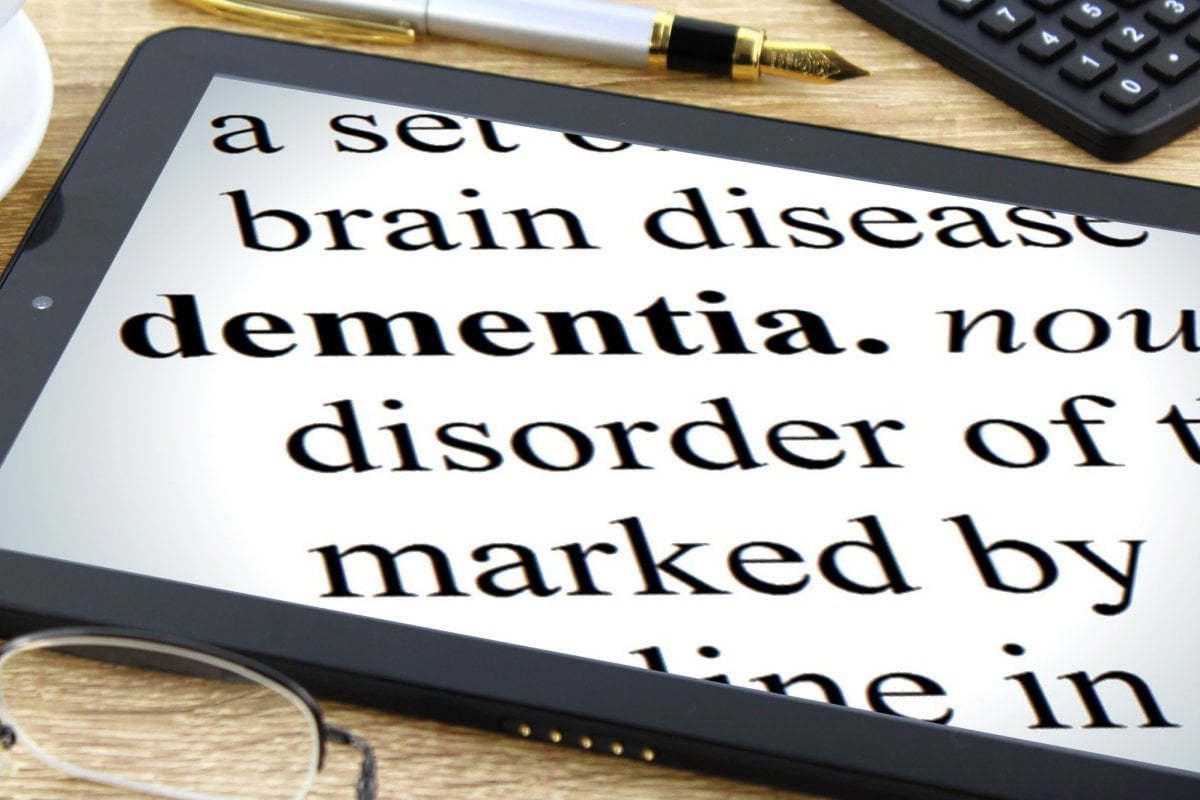—
Please Note: This is a paid article that is presented for informational purposes only and is not meant to diagnose or treat any illness. If you have any health concern, see a licensed healthcare professional in person. This article does not constitute an endorsement or approval of this product or any claim, statement or opinion used in promotion of this product.
What does the acronym “CPR” mean to you? For many Americans, CPR, or cardiopulmonary resuscitation, may represent the link between life and death. According to the United States Centers for Disease Control and Prevention (CDC), an astounding 90% of people who suffer cardiac arrest outside of a hospital setting do not survive the event. However, the CDC also notes that if a person suffering cardiac arrest receives CPR within minutes of their event, they may be up to three times more likely to survive.
Here is what you need to know about CPR certification and why every citizen should receive this invaluable education.
CPR Can Be an Effective Substitute for a Heartbeat
One of the most effective interventions in modern-day medicine is also one of the most straightforward ones. Cardiopulmonary resuscitation (CPR) can save lives by temporarily supporting their heartbeat. It is helpful to visualize the heart anatomy and its relationship to the rest of the circulatory system to understand how properly performed CPR can do this.
When a heart stops beating because of a disruption in blood supply or an erratic rhythm, it represents an emergency situation. When the heart muscle is not continuously pumping blood throughout the body, the organs cannot receive the oxygen critical for their survival. Most importantly, when the heart is not beating, it is not sending an oxygenated blood supply to the brain. According to a report in BBC News, most doctors believe that irreparable brain damage can occur after 20 minutes without a heartbeat.
However, when you perform effective CPR, you are essentially helping a malfunctioning heart continue the process of circulating blood around the body. During the technique of CPR, you push your hands down onto a chest to apply pressure to the chest cavity. This motion squeezes the heart and allows blood in the left ventricle to get pushed out into the circulatory system. Then, by momentarily lifting your hands and allowing the chest to recoil, negative pressure allows more blood to be pulled into the heart so that it is refilled and ready for the next compression. The repetitive pushing motions of CPR also allow some air to be exchanged in the lungs so that the critical process of oxygenation can occur.
The above description demonstrates how knowing how to perform CPR can help a heart continue its critical function, even when it cannot beat well on its own. That can buy time for emergency medical interventions, and it can sometimes even help the heart restart contractions on its own. If every citizen is capable of performing CPR, countless lives can get saved.
Knowing Proper CPR Technique Is Crucial
Unfortunately, simply knowing the principles of CPR and having good intentions are not always enough to effectively save a life. When CPR technique gets performed incorrectly, it can be useless and may cause unnecessary damage and suffering to a cardiac arrest victim. Even though CPR is a straightforward intervention, it can be challenging to master without expert instruction. Studies show that a mere one in five students within a CPR certification course may be performing CPR utilizing the proper technique.
The imperative of knowing proper technique is just one of the reasons why every citizen should be CPR-certified. A CPR certification course can teach you how to apply lifesaving maneuvers safely and effectively. Our courses at the American Academy are designed by board-certified physicians and are a convenient and accessible way to master this invaluable knowledge.
Cardiac Events Are Unpredictable and Often Happen at Home
Another reason why every citizen should be CPR-certified is that cardiac events are often unplanned and unforeseen. People do not just experience cardiac events within the confines of a hospital—no setting is immune to a cardiac arrest, and neither is any age group. Even young people can suffer from cardiac arrest.
People can require immediate CPR in a grocery store, a gas station, or even a high school sporting event. However, cardiac events often happen in even more mundane settings, such as at home. The CDC notes that of the 350,000 cardiac arrests occurring outside of the hospital annually, 70% happen in the home. Waiting for an ambulance to arrive can take minutes, which can make all the difference in your life or the life of a loved one.
Rapid, effective bystander CPR can provide lifesaving support in every cardiac arrest situation. When all citizens are CPR-certified, everyone will be able to both provide and receive emergency care, regardless of the unpredictable circumstances surrounding a cardiac event.
CPR-Certification Can Affect High School Graduation Eligibility
Move aside algebra and swim class; most states in America now require high school students to complete a CPR certification course to be eligible for graduation. In 2018, the American Heart Association reported that 38 states required CPR certification for graduation eligibility, and more have gotten added to the tally since then. According to a recent news report, the state of Florida has joined the ranks with a new bill that requires seniors to conduct CPR training prior to their high school graduation. As new young adults enter the world armed with CPR knowledge, the onus is on everyone else who still is not CPR certified to rise to their standard of achievement. With the proper training, we can all help protect each other.
CPR Certification is Highly Accessible
A final reason why every citizen should be CPR-certified is that there is no excuse not to get this essential training. According to the Huffington Post, a common misconception about CPR certification is that you have to be a healthcare provider to receive it. On the contrary, everyone is eligible to receive CPR certification. It is highly accessible and rapidly available to anyone who wants to learn to provide lifesaving support in an emergency. At the American Academy, we offer various affordable CPR Certification courses, many of which can provide you with training that will remain valid for two years.
To learn more about how to get CPR-certified, visit us today.
—
This content is brought to you by Wahab Ullah.
Shutterstock
The post Why Every Citizen Should Be CPR-Certified appeared first on The Good Men Project.
Original Article









